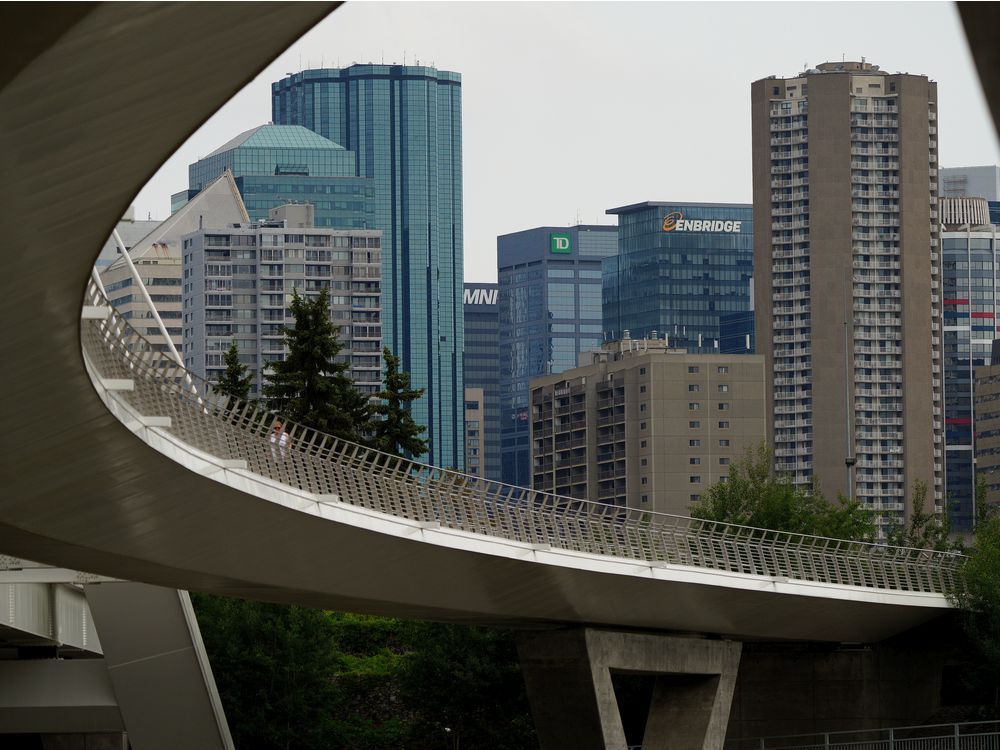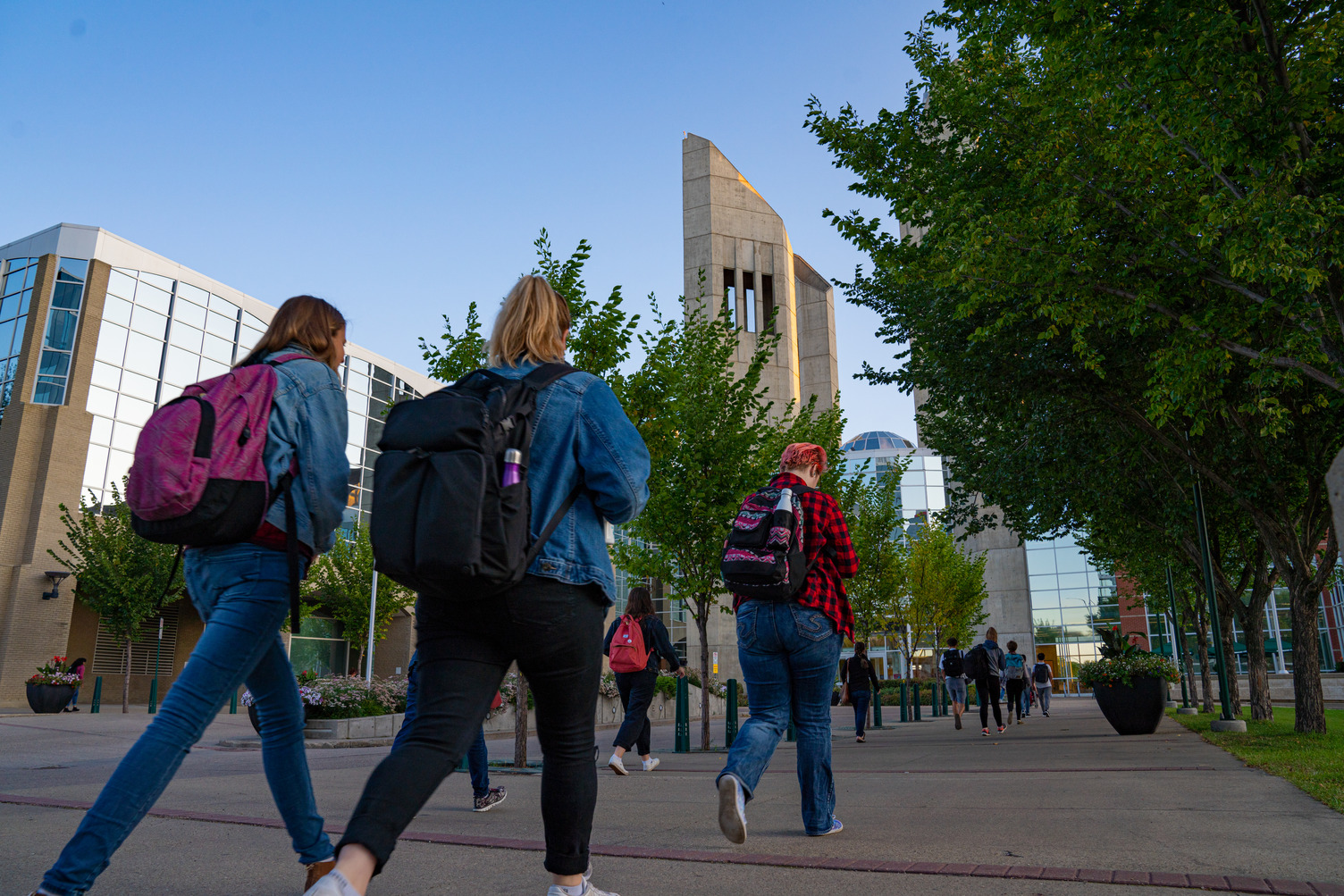IanO
Superstar
Importance of Downtown Edmonton and the Impact of COVID-19
Downtown Edmonton holds a critical share of Edmonton’s housing, employment, and civic activities, generating over nine percent of the city’s property tax revenues in less than one percent of the city's area. The City’s and regional plans recognize the significance of downtown; The City Plan provides the direction to preserve and strengthen the role of Centre City as Edmonton’s principal employment and residential node, regional economic and mobility hub, urban and traditional meeting place, and celebration space.
Implementation of the Strategy has already begun and partners are collaboratively working to advance several actions. The costs to implement the Strategy are estimated to be between $7 million and $28 million. Administration is proposing a risk-based financial approach for funding of $5 million for the strategy. This funding will be used to further leverage contributions from partners. This funding will be supplied through existing funds from within the existing 2021 operating budget, including year-to-date budget savings and continued cost management strategies and no new additional funding is requested.
Despite this progress, downtown has been negatively and disproportionately impacted by COVID-19. Since the pandemic began, fewer people are visiting downtown to work, shop, study, and attend festivals. Almost all the usual drivers of activity have been affected; up to 60,000 office workers are working from home; roughly 35,000 post-secondary students transitioned to online learning and are no longer coming to their downtown campuses; conferences, performances and events have been cancelled or conducted virtually. With fewer people downtown, restaurants, personal services and retail businesses have closed.
Public health measures have severely limited the capacity of homeless-serving agencies, reducing their ability to meet the need for services. The economic shock of COVID-19 has contributed to the overall increase in the number of people experiencing homelessness and the number of precariously housed people seeking support. With fewer eyes on the street, the perception of safety has decreased and crime rates for harassment and assault are proportionately higher.
Vibrancy Strategy
To further support the recovery of downtown, Administration worked in partnership with a range of downtown stakeholders on the development of a Downtown Vibrancy Strategy. The strategy lays out 20 actions that will be led by a number of partners. These actions are organized around four key pillars:
● Downtown as a home - a place with a thriving and inclusive population where people continue to want to live and enjoy a high quality of life.
● Downtown as an economic hub - a place that supports a strong, diverse economy, where businesses, infrastructure, and amenities are connected and coordinated.
● Downtown as a destination - a place that people love, where tourism, retail, services, festivals, arts and culture, and attractive, accessible and well-activated public spaces flourish.
● Downtown as a safe, welcoming place - a place that prioritizes participation and quality of life for everyone, regardless of race, gender, class, age, ability, culture or other identities.
 pub-edmonton.escribemeetings.com
pub-edmonton.escribemeetings.com
Downtown Edmonton holds a critical share of Edmonton’s housing, employment, and civic activities, generating over nine percent of the city’s property tax revenues in less than one percent of the city's area. The City’s and regional plans recognize the significance of downtown; The City Plan provides the direction to preserve and strengthen the role of Centre City as Edmonton’s principal employment and residential node, regional economic and mobility hub, urban and traditional meeting place, and celebration space.
Implementation of the Strategy has already begun and partners are collaboratively working to advance several actions. The costs to implement the Strategy are estimated to be between $7 million and $28 million. Administration is proposing a risk-based financial approach for funding of $5 million for the strategy. This funding will be used to further leverage contributions from partners. This funding will be supplied through existing funds from within the existing 2021 operating budget, including year-to-date budget savings and continued cost management strategies and no new additional funding is requested.
Despite this progress, downtown has been negatively and disproportionately impacted by COVID-19. Since the pandemic began, fewer people are visiting downtown to work, shop, study, and attend festivals. Almost all the usual drivers of activity have been affected; up to 60,000 office workers are working from home; roughly 35,000 post-secondary students transitioned to online learning and are no longer coming to their downtown campuses; conferences, performances and events have been cancelled or conducted virtually. With fewer people downtown, restaurants, personal services and retail businesses have closed.
Public health measures have severely limited the capacity of homeless-serving agencies, reducing their ability to meet the need for services. The economic shock of COVID-19 has contributed to the overall increase in the number of people experiencing homelessness and the number of precariously housed people seeking support. With fewer eyes on the street, the perception of safety has decreased and crime rates for harassment and assault are proportionately higher.
Vibrancy Strategy
To further support the recovery of downtown, Administration worked in partnership with a range of downtown stakeholders on the development of a Downtown Vibrancy Strategy. The strategy lays out 20 actions that will be led by a number of partners. These actions are organized around four key pillars:
● Downtown as a home - a place with a thriving and inclusive population where people continue to want to live and enjoy a high quality of life.
● Downtown as an economic hub - a place that supports a strong, diverse economy, where businesses, infrastructure, and amenities are connected and coordinated.
● Downtown as a destination - a place that people love, where tourism, retail, services, festivals, arts and culture, and attractive, accessible and well-activated public spaces flourish.
● Downtown as a safe, welcoming place - a place that prioritizes participation and quality of life for everyone, regardless of race, gender, class, age, ability, culture or other identities.







